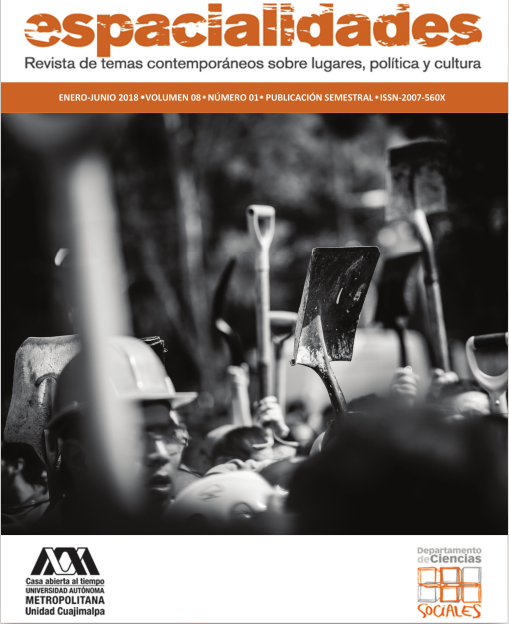Camps for Affected People in Mexico City
Main Article Content
Abstract
A home is an architecturally and legally dimensioned space, a central element of the family patrimony, a space of domestic practices that provides peace, intimacy and security, and, therefore, it is important. With the earthquakes of 1985 in Mexico City, between 10,000 and 20,000 people lost their lives and 60,000 homes were damaged or destroyed, as also were work spaces, schools, and offices. With post-seismic reconstruction programs, in less than two years, most of the houses were reconstructed in situ so that the original inhabitants retained their roots in the neighborhoods and central developments thanks to the organization of the affected people. However, some families affected by the earthquakes were excluded from reconstruction programs and are still waiting for housing. Some of these families have lived in camps for more than three decades. In this article, the camps “La Ronda” (dismantled in 2016) and “Colector 13” are examined. With information obtained through interviews with camp inhabitants and people living near the camps, their living conditions, problems and their inhabitants' expectations for the future are studied. Life in the camps involves discomfort for the inhabitants, such as a lack of adequate spaces for social reproduction, in addition to risks, social stigma, and conflicts over the use of common spaces; but it also has advantages, such as its central location, access to certain free services and above all, the opportunity to have access to better housing in the future as homeowners.

